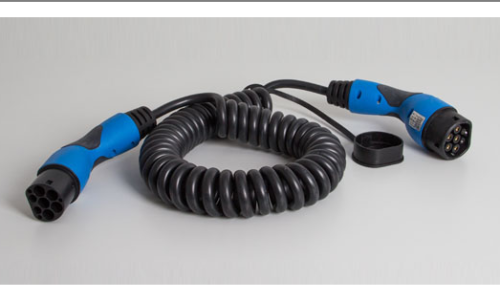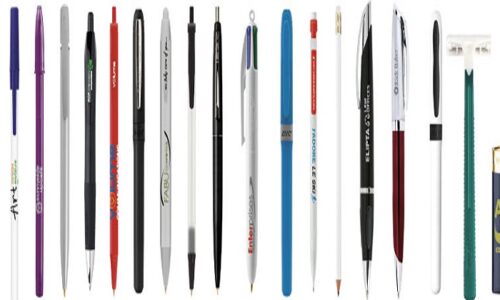
When it comes to the world of traditional Japanese arts, there are many different forms that have been passed down through the generations. One of the lesser-known practices is magch, a unique art form that involves the use of special ink and brushes to create beautiful patterns on paper or fabric. In this article, we’ll explore what magch is, how it’s done, and some of the history behind this fascinating art form.
What is Magch?
Magch, also known as “marbled paper,” is a Japanese art form that involves creating intricate patterns on paper or fabric. The process involves dropping ink onto a water surface, and then using brushes to manipulate the ink into various designs. The paper or fabric is then placed onto the surface, allowing the ink to transfer onto it and create a marbled effect. Magch is similar to the Turkish art form of Ebru, but it has its own unique techniques and style. It is believed to have originated in Japan during the Edo period (1603-1868), and has been passed down through the generations as a form of traditional Japanese art.
How is Magch Done?
The process of creating magch involves several steps and requires specialized tools and materials. Here’s a breakdown of the process:
- Preparing the Ink: The first step in creating magch is to prepare the ink. Traditional magch ink is made from natural ingredients such as soybean oil and soot, which are mixed together to create a dense, oily substance. This ink is then diluted with water to create a thin, watery consistency that can be dropped onto the water surface.
- Preparing the Water Surface: Next, a large tray or basin is filled with water. The water is typically at room temperature and should be as still as potential tech possible to allow for easier manipulation of the ink. Some magch artists add a small amount of carrageenan, a natural thickening agent, to the water to help the ink spread more easily.
- Dropping the Ink: Once the ink is prepared and the water surface is ready, the ink is dropped onto the water in small drops or drips. The artist can use different colors of ink to create a more vibrant pattern. The ink will spread out on the water surface, creating unique designs and patterns.
- Manipulating the Ink: Using special brushes made from bamboo or horsehair, the artist will manipulate the ink on the water surface to create a specific design. This can involve dragging the brush through the ink, blowing on it to create ripples, or using a comb-like tool to create intricate lines.
- Transferring the Ink: Once the design is complete, the paper or fabric is carefully placed onto the water surface, allowing the ink to transfer onto it. The paper is then carefully lifted off the water surface, and any excess ink is gently wiped away with a cloth. The paper or fabric is then left to dry, and the final product is a beautiful, marbled pattern.
History of Magch
The origins of magch are somewhat unclear, but it is believed to have originated in Japan during the Edo period. During this time, many traditional Japanese arts were flourishing, and magch was just one of many art forms that were practiced. Magch was originally used to decorate the endpapers of books and scrolls, as well as for writing letters and creating other meaningful and fulfilling decorative items. It was also used for making decorative boxes and fans, as well as for decorating clothing. In the early 20th century, magch experienced a resurgence in popularity, as it became more widely recognized as a unique and beautiful art form. Today, magch is practiced by artists all over the world, and it continues to evolve and adapt as new techniques.




